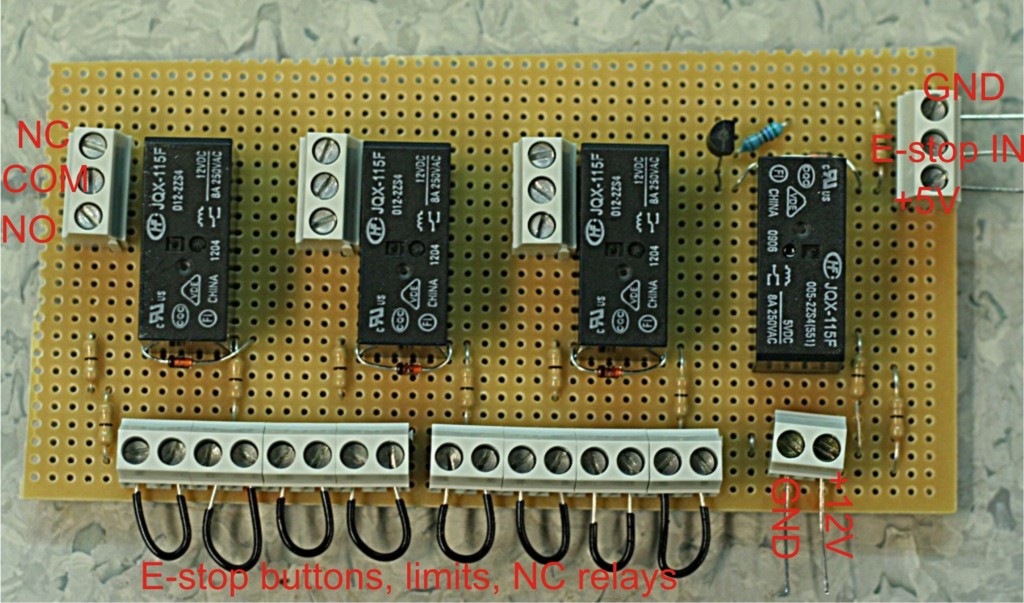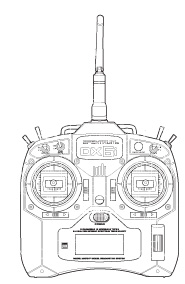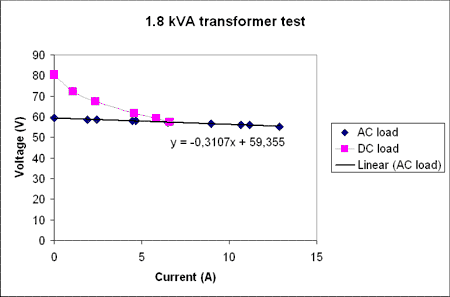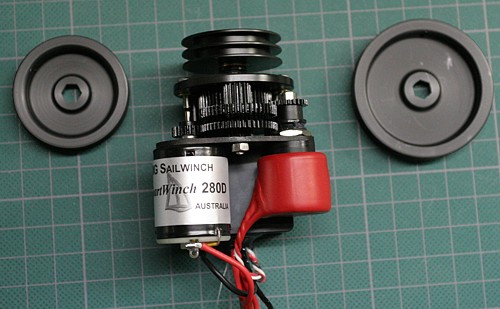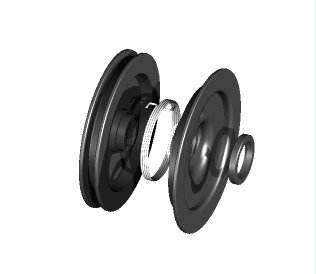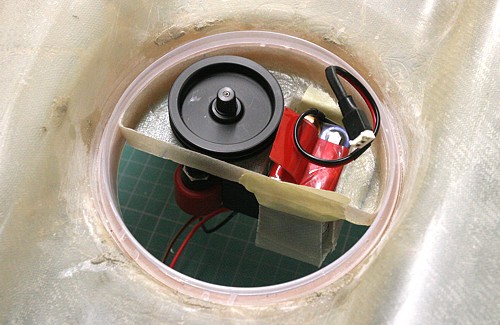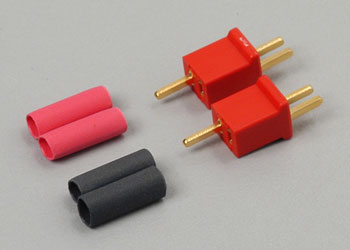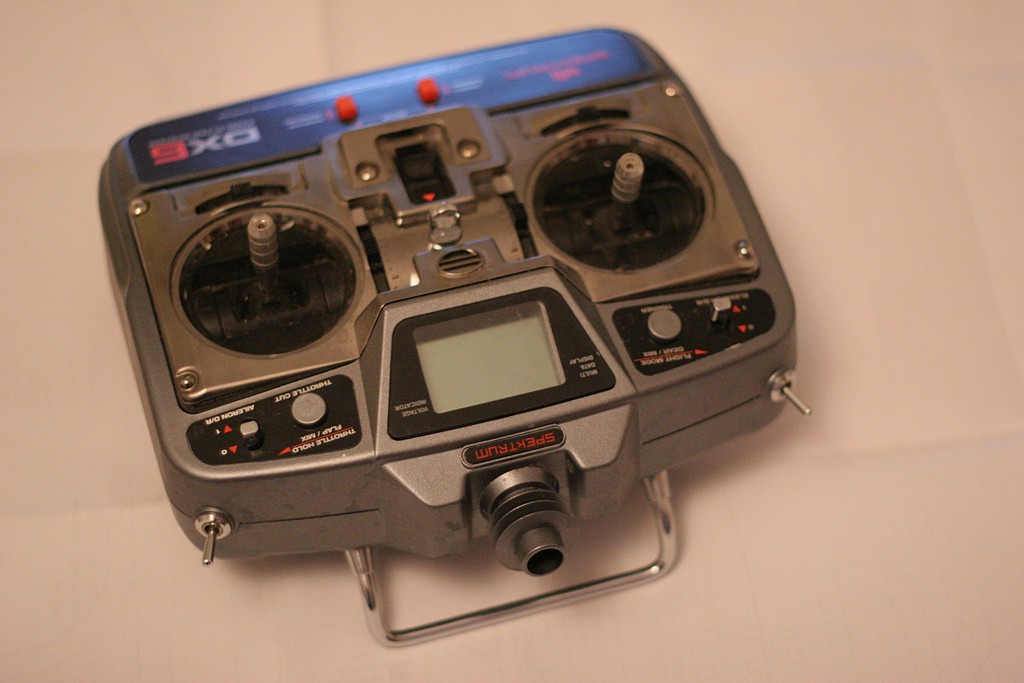
By popular demand, some notes on how I've placed the antenna of my Spektrum DX6 transmitter inside the case. I've been using the radio like this ever since I got it and provided that you hold up the radio more or less vertically and not hide behind large metal constructions or things like that the range is fine. The benefit of the internal antenna is that I don't have to worry about breaking it while sailing it or storing the protruding thing in the toolbox. When it rains it's nice to fit the whole transmitter into the rain-cover which doesn't have any (potentially leaking) holes (other than the two holes for my hands!). A plug for the antenna hole to prevent dirt etc. entering the Tx would probably be a good idea.
If someone has a feeling for what theoretically a 2-3 mm wall of plastic does to an RF signal at 2.4 GHz, let me know.
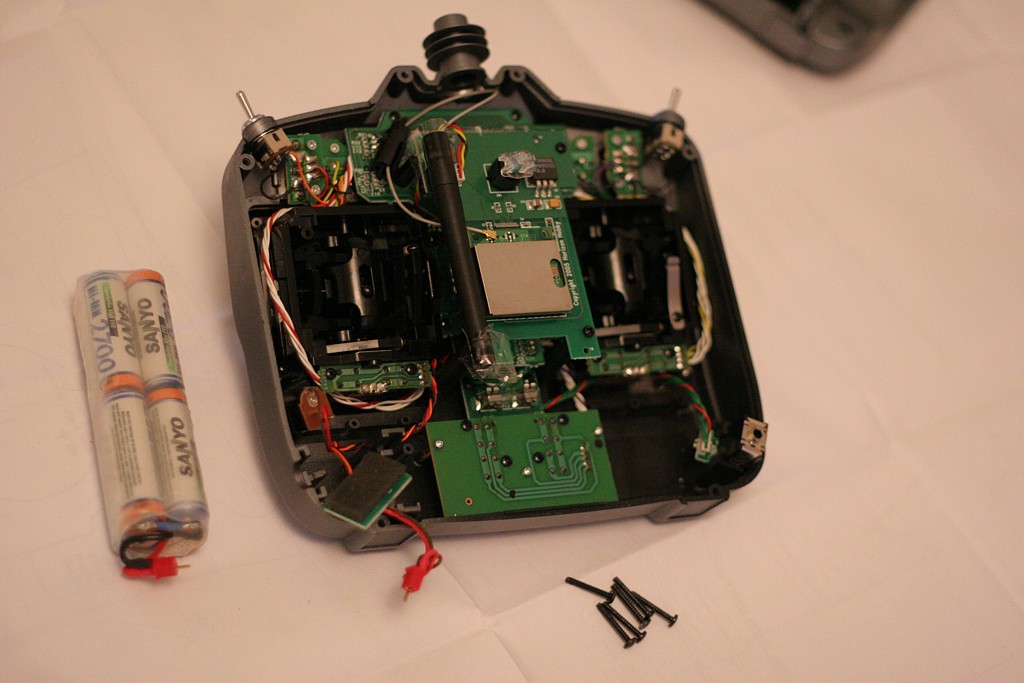
Here is the back cover and six screws that hold it removed along with the battery (I've put Deans connectors on the Tx battery to simplify charging). With a stock DX6 the antenna would be sticking out at the top and there would be a few extra pieces of black plastic supporting it. I remember I broke some of those black plastic parts when I disassembled the antenna - so proceed carefully if you think you want to go back to the stock configuration sometime. I didn't touch the electrical connection of the antenna at all, the thin grey coax that comes out of the antenna attaches to the RF PCB just like it does on the stock Tx.
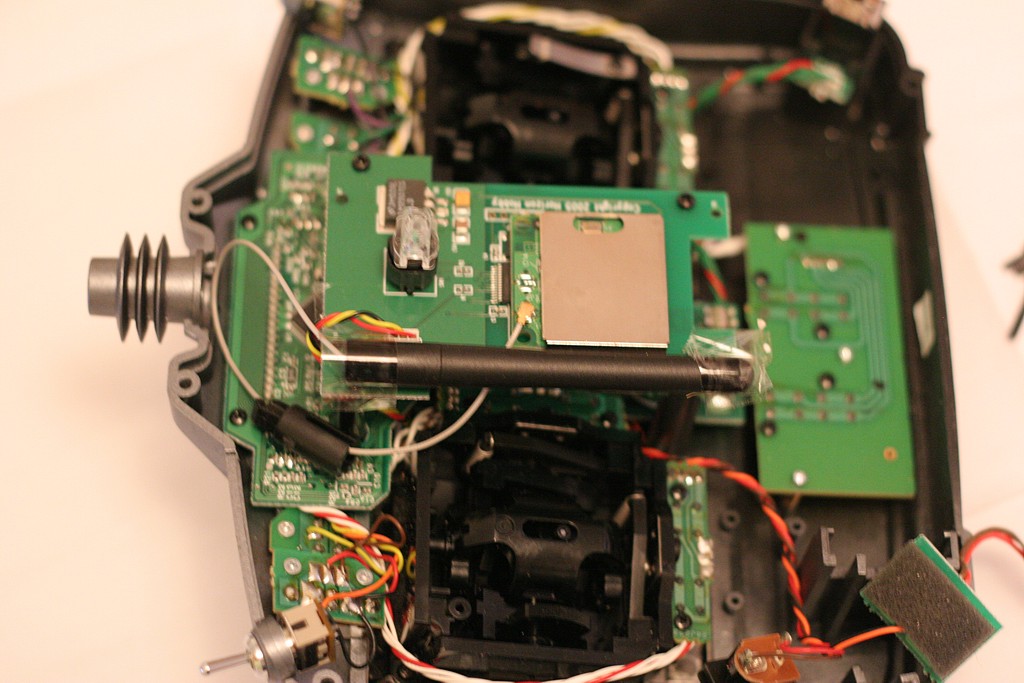
Here's a close-up of the antenna. You can see a part of the old antenna-hinge around the grey coax to the left (a bit dangerous to cut it away with a knife or pliers since you risk damage to the delicate coax). I've taped the antenna upside down to the RF board. There are probably other places inside the case the antenna could fit as well, but this seems to work OK.
If anyone has done something similar do let me know! I'd be happy to post pictures here if you send them to me.
Spektrum: I hope you are taking notes, I expect your next radio to have an internal antenna!
Talking about DX6 modifications, I did order the voltage regulator for the improved runtime modification, but the runtime with 2700 mAh NiMH's is just fine so I haven't installed the improved regulator yet.
Update 2007Nov17:
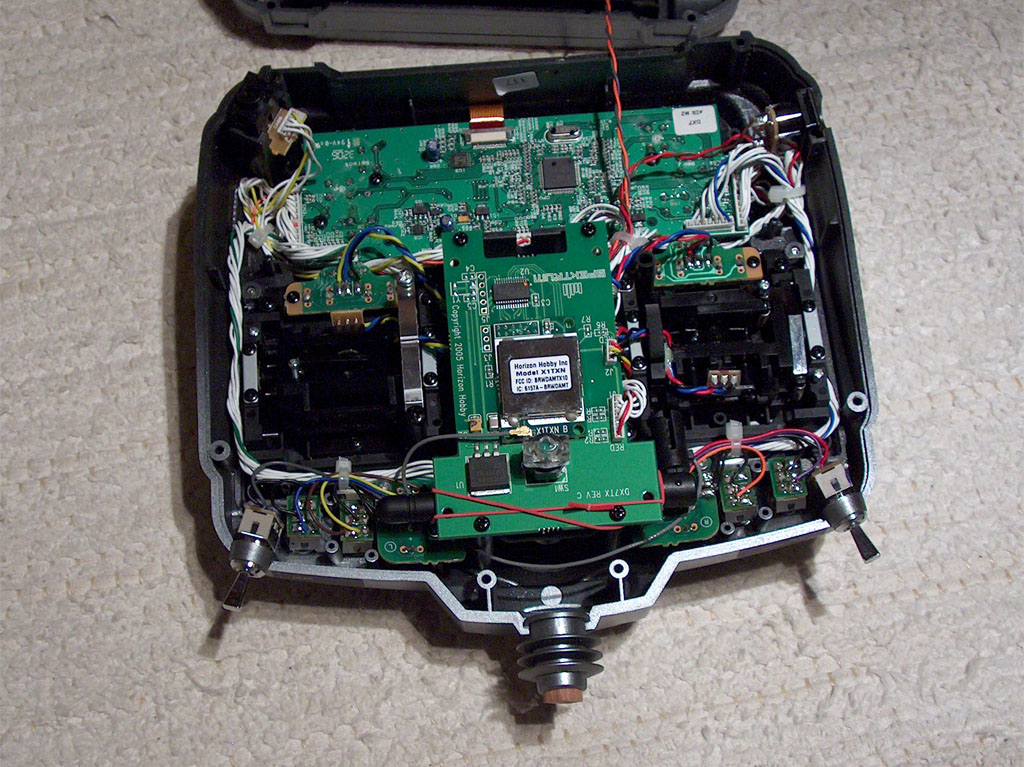
Olle Martonen sent me this pic of his modified Spektrum DX7. He mounted the antenna horizontally behind the regulator/switch PCB. Also note the wooden plug in the antenna hole. Not much sailing done with this system yet, but range-checking on the ground indicates there should be no problems.
I also got some observations be email on RF issues from a mobile-phone perspective: A few mm of plastic will not attenuate the signal measurably. Conducting materials are worse, like some mobile phone shells that are covered with carbon-containing paint, or your fingers on the back side of the transmitter. My placement of the antenna close to the RF-box (the metal square), and the PCB (also metal-coated), is not optimal, and could lead to an attenuation of 3-5 dB. A distance of 2-3 cm to the conductive parts would be better, so I'll maybe look for other places inside the Tx where the antenna could fit (Olle's example above is a bit better since the antenna is farther away from the RF-box).
Update 2007Nov22:
Winston Mathews sent me this picture along with a description: "Here are our modified DX6 radios. 2200 mAh batteries, new voltage regulator, jib-trim potentiometer and now "internal" antennae (mounted horizontally). Range is unaffected. Thanks for the idea and your help. I would advise to install the voltage regulator. We can sail for two days without recharging. " Photo by Jack Wubble, owner of the open radio in the pic. Discussion on this is over at the EC12 discussion forum.
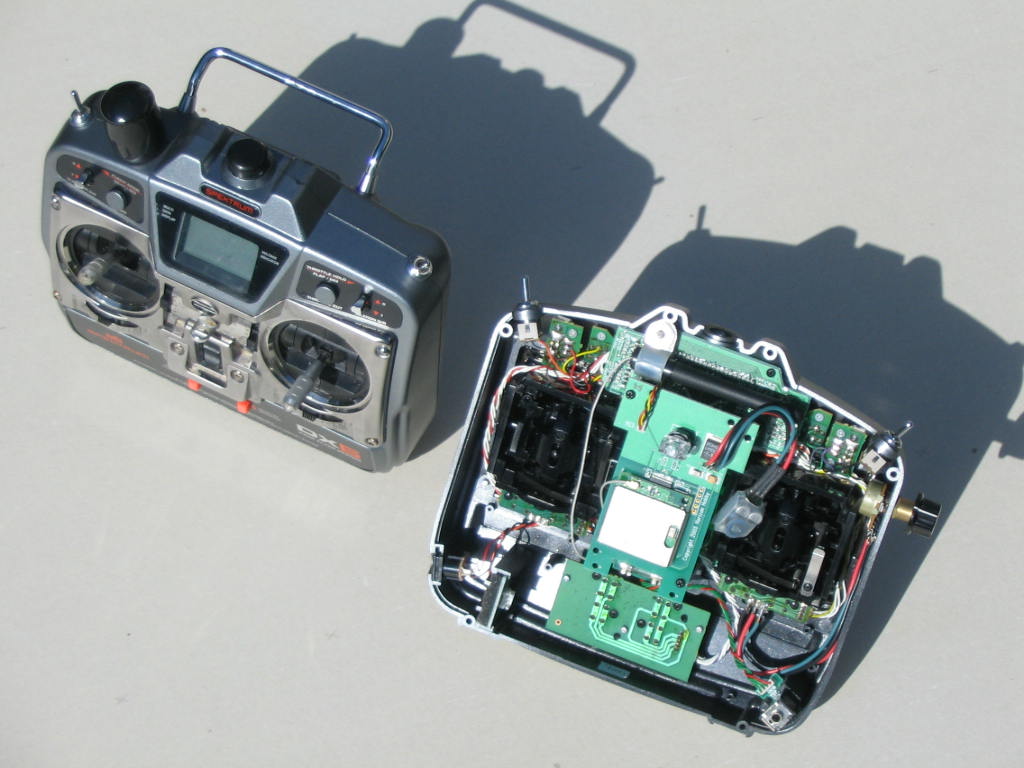
Update 2007 Nov 23:
Some text and images on modifying a Futaba 2.4 GHz radio on the EC12 website.


